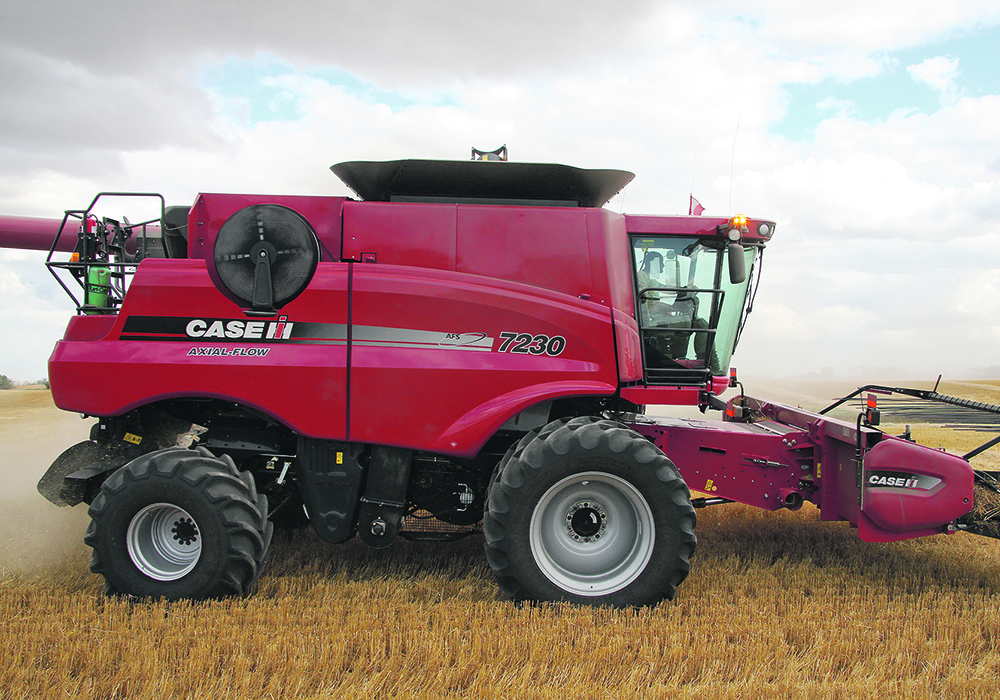It feels like just yesterday we were all adapting to the new immediate expensing rule and strategizing how to use it to our benefit, and now here we are, bidding it farewell.
Immediate expensing allowed certain capital additions to be entirely expensed in the year they were purchased. This was applicable for eligible property acquired by corporations on or after April 19, 2021, becoming available for use before Jan. 1, 2024.
For individuals and certain eligible partnerships, immediate expensing was available Jan. 1, 2022, for eligible property becoming available for use before 2025.
Read Also

Invigor Gold variety viewed as threat to condiment mustard
Invigor Gold, the canola-quality mustard developed by BASF, is on a collision course with Canada’s condiment mustard industry. It’s difficult to see how the two can co-exist.
Property considered eligible were typically assets with shorter useful lives such as farm machinery, automobiles and office equipment. Property excluded from immediate expensing were generally the longer-lived assets such as buildings.
There was also a limit imposed to the total amount that could be immediately expensed in a tax year. The limit was $1.5 million per year, and this amount was to be shared between all associated parties.
The rule made it important to consider the timing of asset purchases for farmers looking to take full advantage of immediate expensing. Now that the rule is being phased out, it is just as important to consider the tax implications of no longer having this tax law available.
As of Jan. 1, 2024, immediate expensing is no longer available for corporations. For individuals and partnerships, the availability ends Jan. 1, 2025. This means incorporated farms with December year-ends no longer have this tax rule available to them. Unincorporated farms will still have access to it until the end of 2024.
For incorporated farms, this means that instead of being able to take a deduction of 100 per cent of the capital asset additions in a year, the deduction will now be spread over multiple years at the appropriate capital cost allowance (CCA) rate.
The accelerated investment incentive is still in place, which means that in the first year that the eligible property is purchased, the CCA rate is applied to the net addition multiplied by 1.5. While this does not quite compare to the full write-off that the immediate expensing rule allowed, it is still a larger deduction than usual.
Farmers who benefited from immediate expensing in the past should be aware of the change and plan around no longer being able to write off the entire asset in the year of purchase.
On larger asset purchases, the difference between when we had immediate expensing and not and its impact on taxes is quite significant.
For example, under the immediate expensing rule, you could purchase a new piece of equipment for $100,000. The deduction available to you in the year would have been $100,000.
Now, for a class 8 asset with a CCA rate of 20 per cent, that same $100,000 addition would have a CCA deduction of only $30,000 ($100,000 times 1.5 for accelerated investment incentive times 20 per cent CCA rate). That is a $70,000 difference in the allowable deduction and is why tax planning should be considered.
With this being the last year of the rule, it is important for individuals and partnerships to consider the timing of asset purchases. If the farm is in need of new equipment in the short term, all other factors being equal, consider purchasing this year to take advantage of the rule before it is gone.
Immediate expensing rules and tax planning around them are complex, so it is beneficial to talk about it with your trusted tax adviser to determine how to work around the change and how to better tax plan for your farm.
Colin Miller is a chartered accountant and partner with KPMG’s tax practice in Lethbridge. Contact: colinmiller@kpmg.ca. He would like to thank Karrie Geremia and Amanda Friesen of KPMG for their assistance with writing this article.

















